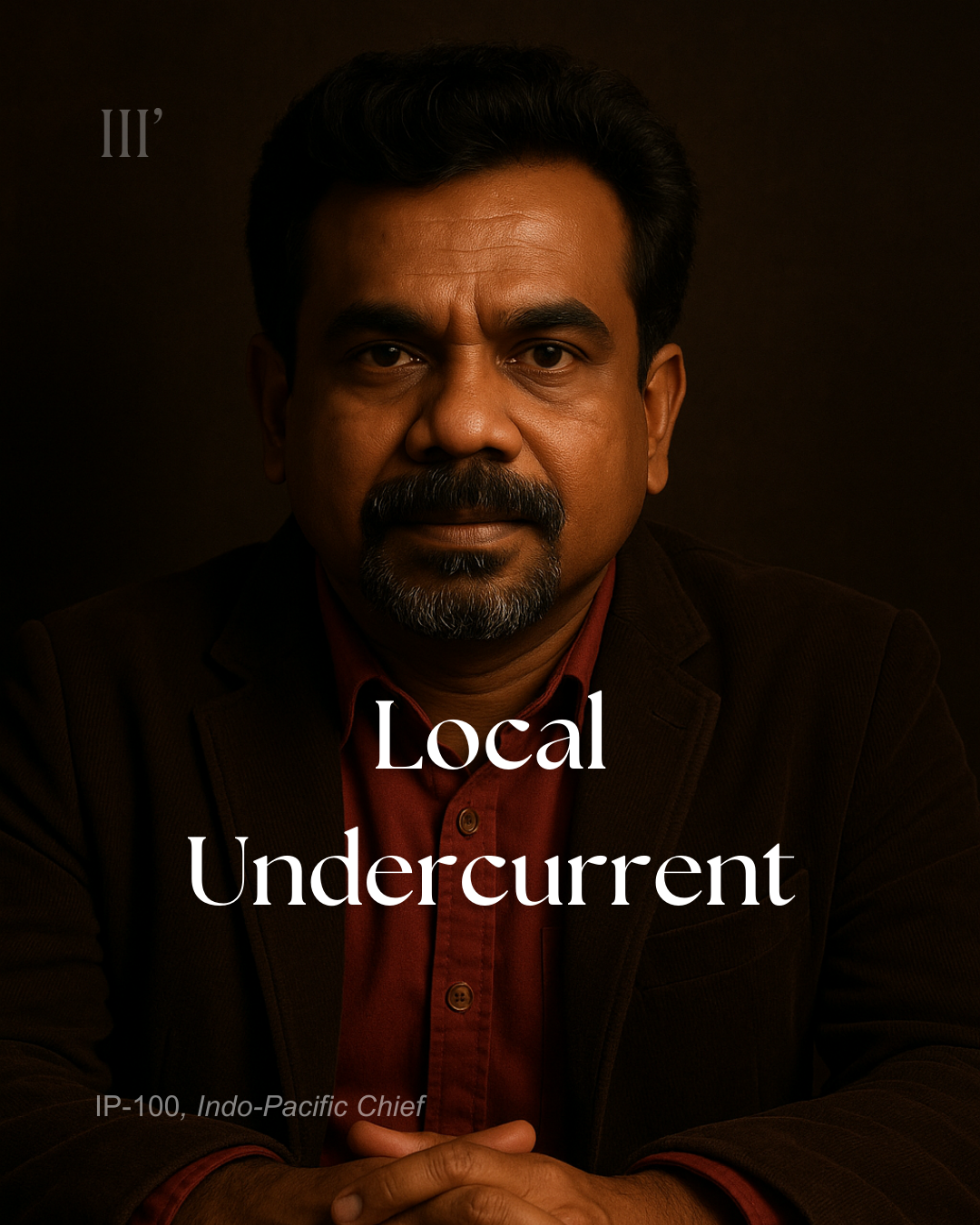Sri Lanka has seen an intense electoral cycle over the past several months, culminating in its third round of voting in less than eight months with local elections on May 6.
Indo-Pacific Chief, IP-100:
As of May 2025, the local election outcomes in Sri Lanka reveal a subtle but critical shift: President Anura Kumara Dissanayake’s broad national mandate is fracturing under the weight of hyper-local grievances and unrealized economic expectations. His National People’s Power (NPP) performed solidly in urban centers and among youth demographics, but the erosion of support in peripheral districts—especially in the North, East, and Uva—signals a revival of identity and class-based politics that national populism cannot easily absorb. The IMF-backed stabilization program, while macroeconomically sound, has not translated into everyday relief, leaving space for traditional parties and new independents to regain traction through local patronage networks. AKD’s leadership remains symbolically potent, but governance is entering a contested phase marked by coalition volatility, regional demands, and institutional pushback.
➡ Steering Control Note:
Western headlines still lean on the narrative of a “leftist revolution” and democratic rebirth. But the domestic pulse reflects something more fragmented—AKD’s administration is entering the phase where moral legitimacy must convert into durable political architecture. The risk is that decentralization pressures could outpace the state’s ability to fiscally and administratively respond, especially in a post-crisis, IMF-monitored economy.
“We are asked to believe that time is a river that flows only in one direction. But in this island, history is like a monsoon wind—returning, reversing, reminding.”
— Amitav Ghosh, The Glass Palace (on Ceylon/Sri Lanka)
